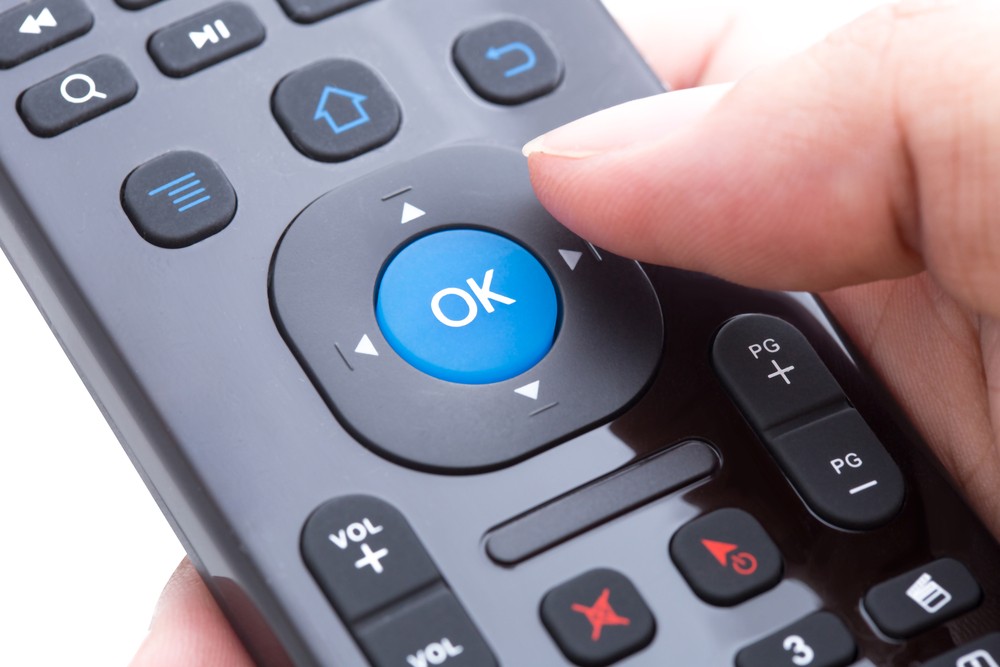The complexity of home entertainment systems has significantly increased as technology has advanced. With an array of devices such as televisions, cable boxes, DVD/Blu-ray players, streaming devices, and sound systems, managing them all with individual remotes can become overwhelming. Enter universal remote controls, an innovation designed to streamline this experience by consolidating the functionality of multiple remotes into a single, easy-to-use device.
Universal remote controls offer a practical solution for consumers who face the daunting task of juggling several remotes on their coffee table. These devices are the epitome of convenience and efficiency, simplifying the user experience by reducing clutter and streamlining control over multiple devices. For those looking to save money and make an informed purchase, understanding the features and benefits of universal remotes is essential.
The Need for Simplification
Anyone who has ever fumbled with a pile of remote controls knows the frustration of determining which remote operates which device. Each remote often comes with its own set of buttons and user manual, a convoluted situation that can detract from the enjoyment of a home theater system. Universal remotes address these issues by allowing users to operate multiple devices with a single comprehensive unit.
Each device often comes equipped with its proprietary remote, and losing this remote can render the device nearly unusable. Replacing lost or broken remotes can also become expensive over time. A universal remote serves as a cost-effective alternative, negating the need to track down and purchase multiple replacement remotes.
Features to Consider
Before selecting a universal remote, consider the following features to ensure it meets your specific needs:
- Compatibility: Ensure that the remote can control all the devices you use regularly. Most modern universal remotes are compatible with thousands of devices, but it’s essential to verify that it supports your specific brands and models.
- Ease of setup: Some universal remotes offer plug-and-play functionality or can be programmed via a smartphone app. Choose a remote with an easy setup process that suits your comfort level with technology.
- Learning ability: Remotes with learning abilities can clone functions from existing remotes, making them versatile in handling unique or older device models that might not be on the compatibility list.
- Programmable macros: Macros allow you to perform multiple functions with a single button press. This feature is especially useful for home theater enthusiasts who want to press a single button to turn on the TV, adjust the volume, and switch the input source simultaneously.
- Backlighting: Backlit buttons are highly beneficial in dark environments like home theaters, ensuring you can always find the button you need without turning on the lights.
- Advanced functions: More sophisticated remotes may feature touchscreens, the ability to connect to the internet for updates, and integrate smart home controls, allowing you to manage not only your entertainment devices but also smart lights and temperature control systems.
Budget-Friendly Options
Universal remotes come in a wide price range, catering to both budget-conscious consumers and those willing to invest in premium features.
- Basic remotes: Cost-effective models typically support basic functions like changing channels and adjusting volume. These are perfect for individuals who need a straightforward replacement for multiple remotes.
- Mid-range remotes: These models usually offer the best balance of cost and functionality, providing features like programmable buttons, multiple device support, and enhanced compatibility with a broader range of products.
- High-end remotes: Premium universal remotes provide a plethora of features, including touchscreens, smart home integration, and Wi-Fi connectivity. Although they come with a higher price tag, they offer unmatched convenience and control over modern home entertainment systems.
Conducting a thorough evaluation of these options, considering budget and desired features, will aid consumers in making an informed purchase decision that provides value for money.
Streamlining Entertainment Experience
The primary advantage of using a universal remote is the simplification of the entertainment experience. Actions that once required multiple remotes can now be performed with the press of a single button. This consolidation not only saves time but also reduces the frustration typically associated with managing several different devices.
Additionally, users can enhance their viewing or listening experience by having centralized control. Being able to quickly switch between streaming devices, adjust sound settings, or modify display preferences enhances user satisfaction. As newer universal remotes become sophisticated, this seamless interaction with entertainment systems becomes even more pronounced.
Smart Home Integration
With the proliferation of smart home technology, having a remote that can manage smart home devices alongside entertainment systems is becoming desirable. Some universal remotes offer integration capabilities with smart home systems like Amazon Alexa, Google Assistant, and Apple HomeKit. This allows users to control lighting, adjust thermostats, and even secure their homes from the same remote that controls their TV and sound systems.
Smart home integration can significantly streamline household management, making universal remotes an invaluable tool for those with smart ecosystems. This technology advances convenience and efficiency, reducing the number of devices needed to manage a modern home and allowing for an interconnected lifestyle.
Personalization and User Experience
Another hallmark of advanced universal remote controls is the ability to personalize the user experience. Consumers can tailor these devices to fit their unique preferences and requirements, creating a custom remote that mirrors specific needs. This customization can extend to organizing buttons, setting favorite channels, or programming lighting sequences for different moods or activities.
User-friendly interfaces on touchscreen models can simplify navigation. Visual icons and intuitive layouts can help users quickly identify desired functions and streamline interaction with technology. The experience of personalizing a remote helps users develop a profound connection with their entertainment setup, making technology more accessible and enjoyable.
Enhancements with Future Technology
Universal remotes are expected to integrate more seamlessly with new technologies like streaming devices. Voice control, for instance, is rapidly becoming a staple in universal remote technology. By allowing users to issue voice commands, these remotes make controlling entertainment and smart home devices even more intuitive.
Artificial intelligence is another area where advancements could profoundly impact universal remotes. Future devices could autonomously learn user preferences, anticipate needs based on past behavior, and suggest changes that enhance the entertainment experience.
Software updates will also continue to play a vital role, as they keep universal remotes compatible with new devices and functionalities without requiring a hardware upgrade. This adaptability ensures that investing in a universal remote is a future-proof decision, poised to advance alongside technological advancements.
Universal remote controls represent a fusion of convenience, cost-saving potential, and technological sophistication. By offering a singular solution to manage an array of entertainment and smart home devices, they stand as essential tools for anyone aiming to simplify their home entertainment experience. With the vast array of options available, consumers have the opportunity to choose a device that best suits their needs, improving their enjoyment of home entertainment systems.



